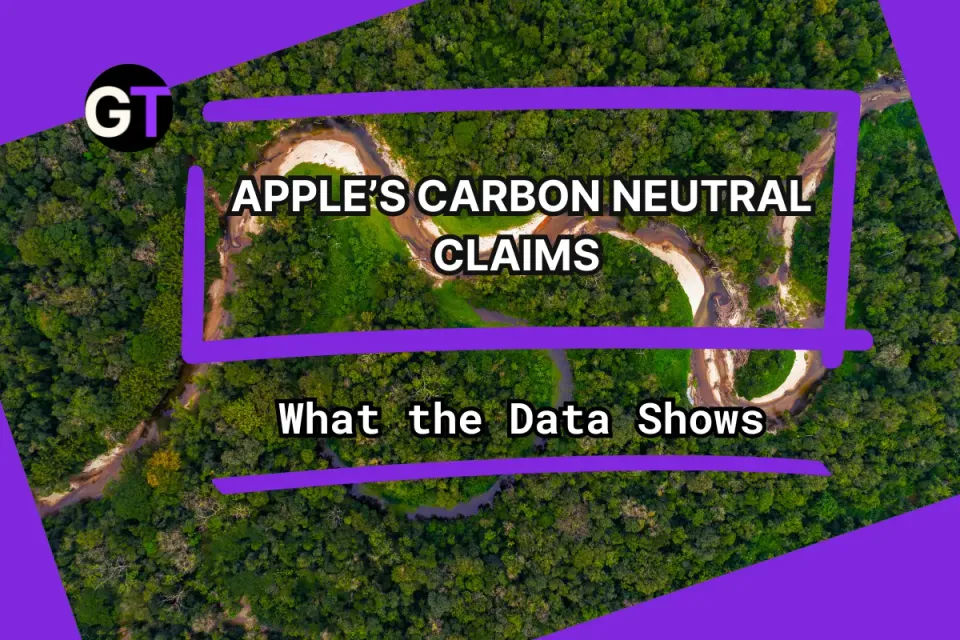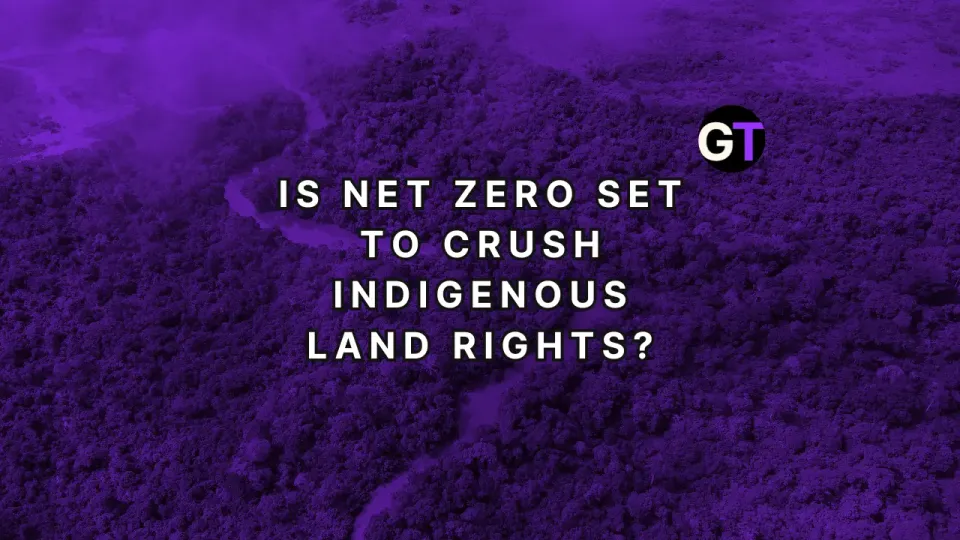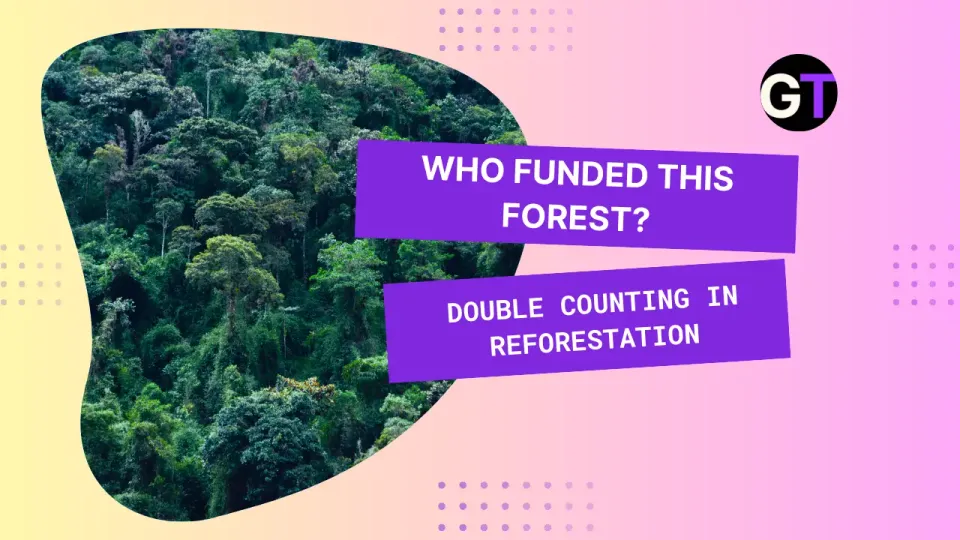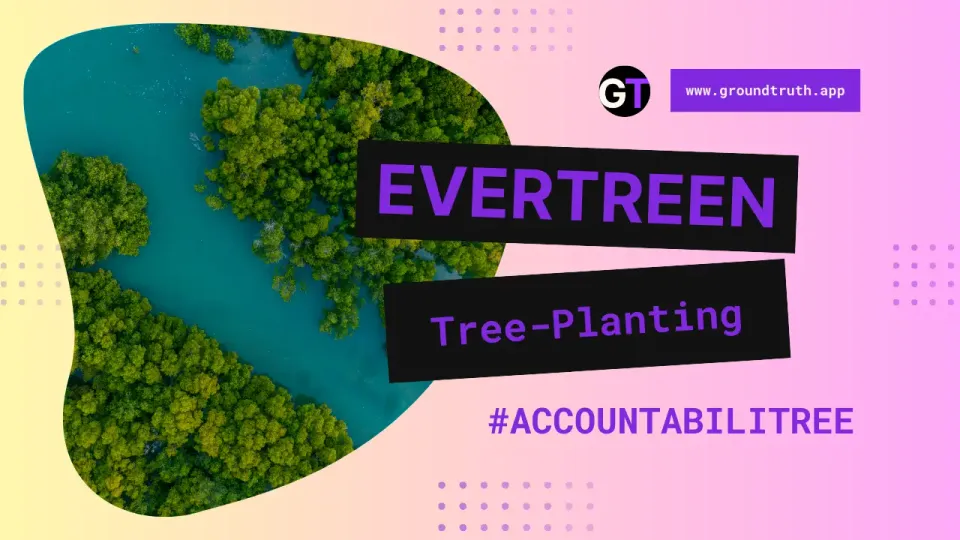Indigenous Communities Can Decide on Carbon Market Risks
It’s been a tough year for the voluntary carbon market, and last year was also challenging...
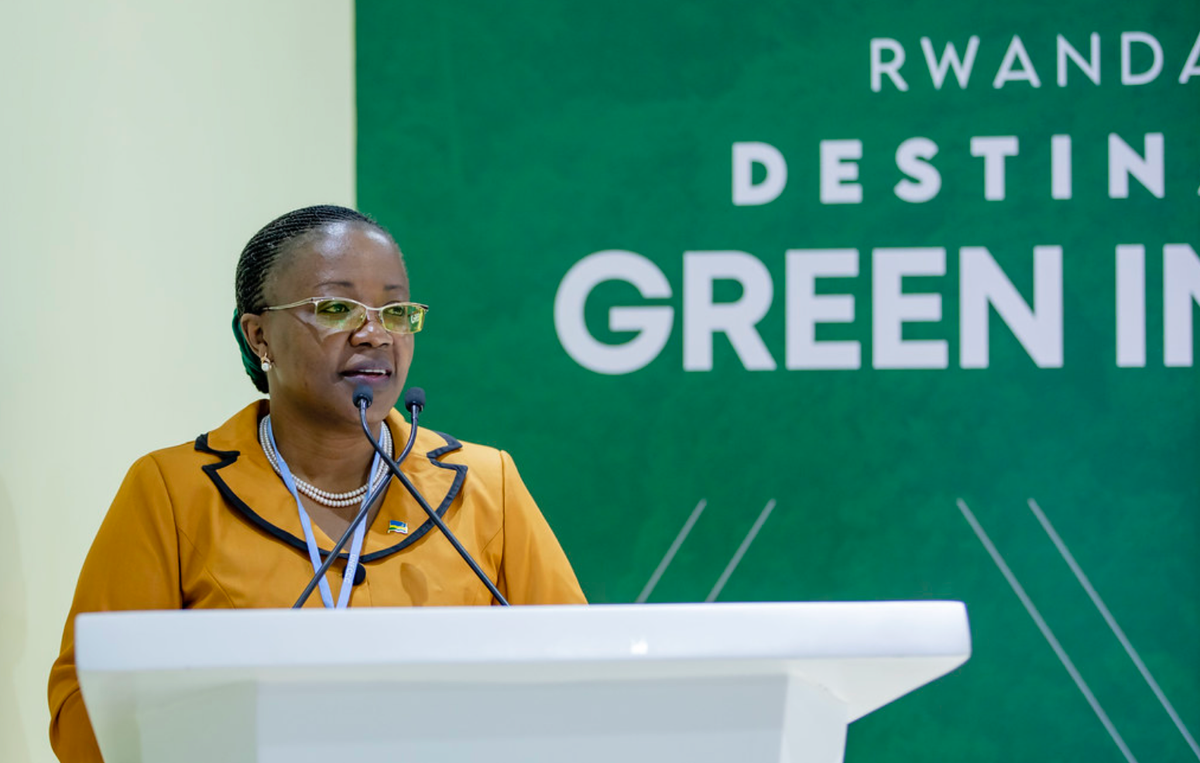
This article by Kanyinke Sena, Lemada (Bariki) Lesamana Lelya and Aaron Marr Page originally appeared in Mongabay.
- It’s been a tough year for the voluntary carbon market, and last year was also challenging — scandals embroiled many carbon credit projects in 2023, and management malfeasance and staff abuse have affected projects, too, including ones based in Indigenous communities.
- Critics have put Indigenous communities at the forefront of critiques of carbon projects, suggesting that market-based approaches are inherently contrary to their worldviews, but this is not necessarily the case, a new op-ed argues.
- “Indigenous peoples should be free to see the voluntary carbon markets as a place of both risk and opportunity. We don’t want to suggest that present inequities will solve themselves, and indeed we worry about reform efforts stalling once the heat from the scandals cools a bit. The agenda we need now puts Indigenous self-determination at the top and supports it with honest assessment of risks and real investments in support,” the authors write.
- This article is a commentary. The views expressed are those of the authors, not necessarily Mongabay.
The voluntary carbon market (VCM) has had a rough year. A hotly contested but eye-popping critique of the efficacy of allegedly up to 90% of carbon credits captured attention in early 2023, followed by line of scandals alleging management malfeasance and staff abuse in some particularly marquee projects. This turbulence has opened the door for advocates who oppose market-based climate responses to start pushing a more categorical agenda, including a “rush” to gather support for a moratorium on carbon market projects ahead of COP29.
Advocates have put Indigeneity at the forefront of this agenda, suggesting that market-based approaches are inherently contrary to Indigenous worldviews. The decision to engage markets is framed as a “moral dilemma” for Indigenous peoples. The UN Special Rapporteur on the Rights of Indigenous People recently indicated potential support for a moratorium—despite having issued a comprehensive report just last year insisting that that it was important “not to condemn or deter the financing of green projects and green market strategies but to ensure that [projects] do not perpetuate the violations and abuses currently plaguing extractive and other fossil fuel-related projects.”
We respect our fellow advocates and acknowledge the gravity and novelty of risks raised by carbon markets, but we worry about the narrowing space of options, nuance, and attention to context. We question whether a categorical, one-size-fits-all approach such as a moratorium aligns with the fundamental Indigenous right to self-determination.

A recent interview with noted Indigenous leaders Alondra Cerdes Morales and Samuel Nguiffo in Mongabay illustrates our concern. The interview surfaces a range of critically important issues worthy of attention. But it is suggested that applying any sort of “economic lens” is no less than a “total contradiction to the spiritual perception of land and resources of Indigenous people,” and instead “the frugal way of life of Indigenous peoples” is framed as “an inspiration for the world.” To be fair, there is also recognition that many communities are deeply engaged in sustainable forest-based economies that interact with markets in sophisticated ways, and that, ultimately, “each Indigenous territory must decide its own approach to tackling this challenge.”
The discussion illustrates how categorical approaches not only create tension with self-determination, but risk playing into narratives of paternalism and essentialism. Such narratives emerge in part because they draw on important underlying truths. The truths themselves are important but must be applied with nuance and care.
One such truth is that there is a high level of risk associated with VCM participation, and that many Indigenous Peoples (IPs) presently lack the sophistication and power to fully appreciate and mitigate such risk. Does this mean that IPs must be entirely insulated from participation as the only way to protect them? We don’t think so. We are hopeful about increased attention to land rights and direct funding to Indigenous organizations, as well as a new emphasis on Human Rights Due Diligence (HRDD)and related HRDD tools that, consistent with lessons learned from the private sector, incentivize meaningful, long-term engagement with risk over check-box exercises in plausible deniability.
Even apart from future-oriented developments, what do we see in our work with IPs now? We see communities who can and do recognize the problems of structural power imbalances, misallocation of risk, conflict of interest, and market-driven excess, and who see clearly the potential emergence of familiar colonial logics of outsiders arriving to seek control and extraction on their lands. But also communities—often the same communities—who see possibilities for income generation and economic development, for recognition and respect. For many IPs, the prospect that their long-standing stewardship and land use practices (like sustainable forest products or fisheries management) could be honored, supported, rewarded, and recognized as central to the global fight against climate change is compelling. Even the participants in the Mongabay interview recognized the potential as “theoretically the perfect design for Indigenous communities,” but quickly dismissed it because “in practice, things are very different.” Most communities we work with are not inclined to dismiss the possibility quite so quickly.
Most communities we work with have dealt with complex, inequitable, and highly imperfect situations and negotiating partners for generations. They resist, they adapt; sometimes, strategically, they concede in one area to gain in another. They are intelligent, shrewd, and creative, building the knowledge and trust relationships they need both quickly and over time.

But should they have to do all this? Should IPs have to deal with “carbon cowboys”, market volatility, and all the other risks that the current model is producing? Shouldn’t they simply be “protected”?
It may be that they shouldn’t have to deal with these risks, but also, perhaps counter-intuitively, they are entitled to. That their self-determination demands that they be invited to “deal with all this” alongside other participants in the global fight against climate change. Complex and difficult challenges can be opportunities for growth. Inclusion in messy situations might feel uncomfortable, but it is real inclusion.
Indeed, beyond carbon projects, many IPs are bucking against implied limits that sometimes come with the important work of celebrating and protecting their Indigeneity. They want to grow their economies and build wealth. They want access to new technologies and inclusion in the critical technological decision-making of our time. They want to exercise their right to maintain their cultures through a process of evolution, not archival preservation.
This relates to another underlying truth that drives categorical approach, but that we think must be handled with more care. IPs do indeed host deeply alternative worldviews which not only call out for inherent protection but offer critical lessons, perhaps even a redemptive development paths for humanity. Some advocates use these worldviews, for example the common Indigenous emphasis on the sacredness and ancestral personhood of nature, to argue again any financing of nature-based work as objectification of commodification, and to frame any harnessing of nature as a “technology [based on] an arrogant assumption that [we] can supplant the complexity of the Earth’s natural systems for sustaining balance and harmony.”
Some Indigenous individuals and collectivities surely feel this way. But IPs also have long, proud, and fascinating histories of science and technology, including both their own technology and adaptations and applications of outsider technology, and often “using” natural resources and processes in creative and respectful ways.
Again, we recognize that many IPs presently lack knowledge and skills necessary to fully appreciate and navigate the many new and complex risks raised by carbon market participation, and that many IPs presently lack the power to negotiate truly equitable arrangements both in individual project scenarios and in the broader VCM reform conversation. But we think it is important to address these concerns with nuance, pragmatism, and an eye to self-determination. While solidarity is essential, one-size-fits-all solutions rarely actually fit. The UNDRIP, with self-determination at its core, is always making space for IPs to make decisions for themselves. UNDRIP rights are not typically defined by any concrete substance, but protected by guaranteeing IPs “the right to determine and develop priorities and strategies for exercising” them.
In a recent interview, Shuar leader Juan Carlos Jintiach reflected this same mode of thinking when asked about IPs and carbon markets:
“Addressing any issue, including discussions on markets, carbon, and environmental services, requires a foundation built on transparent and unbiased information…We acknowledge the diversity of perspectives and resist adopting a biased stance or pushing for decisions favoring specific systems or initiatives. Equally important is our commitment to supporting those who choose not to participate, respecting their autonomy. Collaboration and assistance play pivotal roles, recognizing the inherent risks involved and ensuring clear communication about these risks throughout the entire process.”
IPs interested in considering VCM participation deserve honesty and support, but not judgment. This means direct funding to fairly compensate Indigenous community members for the hard work of negotiation, risk analysis, and full participation in project design and implementation—just as salaried carbon market professionals are compensated. It can mean accommodation on timelines and oversight. And as we are exploring in pending research, it may mean more careful and equitable attention to risk allocation within projects, so that the most vulnerable participants don’t end up bearing the most severe risk, as is too often the case now.
The silver lining to the VCM’s “rough year” is a robust new conversation about how the VCM truly operates and how it must be reformed. Despite the problems, there is a renewed sense of commitment to the fundamentals. Indeed, some of the VCM’s fiercest critics have recently felt the need to clarify that they see the VCM as a challenge, a work in progress, not “a scam”. The VCM is “a burning building” one critic told the Guardian. “We need folks to be firefighters and run toward it, rather than walk away and let it burn to the ground.” The Integrity Council for the VCM (ICVCM) have already taken steps to ensure IP inclusion, and there are calls for even more enhanced IP participation and leadership in the VCM reform process.
Indigenous peoples should be free to see the VCM as a place of both risk and opportunity. We don’t want to suggest that present inequities will solve themselves, and indeed we worry about reform efforts stalling once the heat from the scandals cools a bit. The agenda we need now puts Indigenous self-determination at the top and supports it with honest assessment of risks and real investments in support. What will be the future of IPs in the carbon markets? With this agenda, we will learn this future over time, from Indigenous peoples themselves.
Kanyinke Sena is a former chair of the UNPFII and is Director of the Indigenous Peoples of Africa Coordinating Committee (IPACC), a network of 135 Indigenous organizations in 22 African countries. He is member of the Indigenous Peoples and Local Communities Committee of the ICVCM. Lemada (Bariki) Lesamana Lelya is a pastoralist from Tanzania. He has an MSc. in Economics and works with local, national, and global organizations on social empowerment, natural resource management, and community rights, including in the context of forest carbon projects. Aaron Marr Page is an international human rights lawyer and consultant. He is the founder and principal at Forum Nobis and has worked with Indigenous and local communities for 20 years.
Related audio from Mongabay’s podcast: Economist Rebecca Adamson discusses alternatives to the current economic models based on Indigenous knowledge, listen here:
Kanyinke Sena, Lemada (Bariki) Lesamana Lelya, and Aaron Marr Page, Indigenous communities can decide for themselves on carbon market risks (commentary), originally appeared on Mongabay and is republished under a Creative Commons Attribution-NoDerivatives 4.0 International License (CC BY-ND 4.0). Some changes were made to images and formatting. You can view the original article here.

